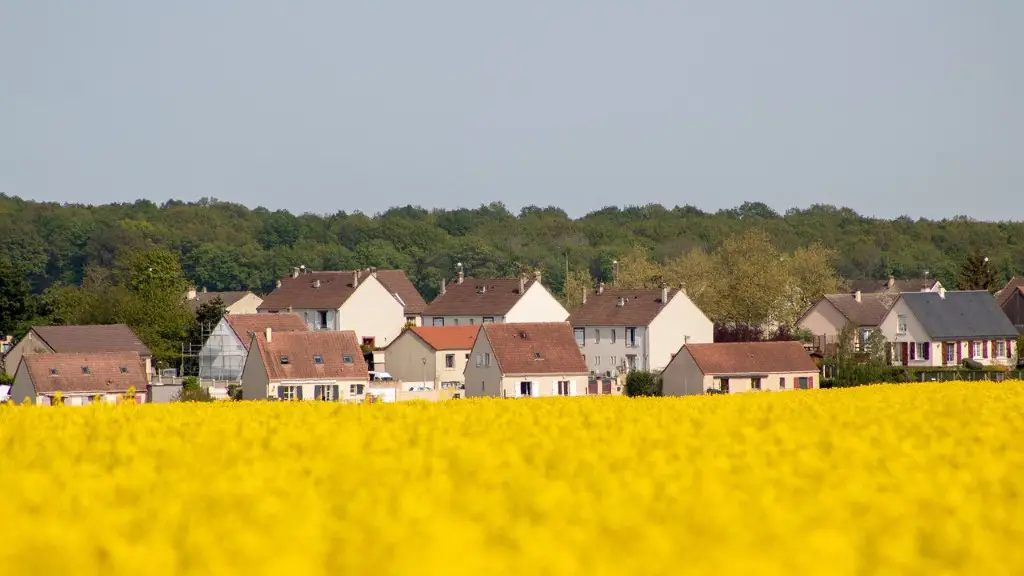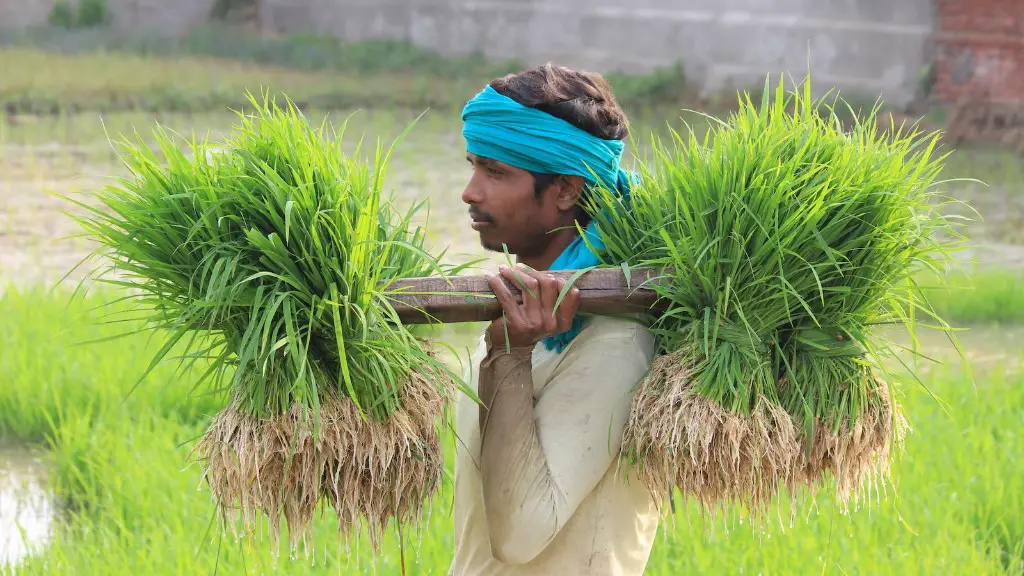GIS, the acronym for geographic information systems, has become a powerful tool in the agricultural sector. It enables farmers, agronomists, and other specialists in the industry to study various agro-ecosystems and determine how best to manage them. GIS assists farmers in making timely, cost-effective decisions related to production, land-use distribution, and land-management strategies. By performing detailed swath analysis and predicting the impact of topographical, chemical, and soil factors on crop production, GIS application provides growers the ability to assess and map cultivation patterns, monitor the state of a crop’s health, and process data to create full-fledged and highly customized operations.
Farmers have been turning to GIS-based tools to manage their agricultural operations in order to save costs, increase yields, and optimize the management of resources. GIS technology allows farmers to quickly assemble data regarding soil types and water quality, as well as crop restrictions, to define boundaries and plan cropping activities. Additionally, crop models integrated with GIS systems create accurate predictions of crop yield potential, which can help farmers choose the best areas for planting and carrying out cultivation operations. Moreover, data captured by GIS can be used to analyze climate trends and soil conditions for various locations, so that farmers can select spots that will best accommodate the particular crops they want to plant.
GIS technology can also be used to provide farmers with specific guidance related to the timing and size of inputs from fertilizers, irrigation, pesticides, and herbicides. Additionally, GIS mapping systems can be used to develop better inventory control systems, provide insights about drainage and water availability rates, compare production histories for various fields, quickly assess management strategies, and efficiently track equipment, resources, and operating costs. Using GIS tools to plan, assess, and monitor production activities can significantly reduce time and money spent on operations while increasing the efficiency of agricultural operations.
The use of GIS technology has been growing in agriculture since its introduction in the late 1960s. GIS-based systems continue to evolve, incorporating more accurate instruments and data sources, providing agricultural workers with improved visibility of their operations. In recent years, the use of GIS has become even more widespread, as the computing power needed for its use is easily available and its applications are rapidly becoming more sophisticated.
Provided its potential to revolutionize the way farmers and industry experts use and manage land, GIS-based approaches have become increasingly popular. By employing GIS-based analytical tools, it is much easier to customize and personalize farm operations while allowing higher productivity and lower costs. GIS can be used to improve land management, irrigation irrigation management, weather forecasts, mineral and water availability, and disease control, among other operations.
Soil Health Assessment
GIS plays an important role in assessing the health of soils. By generating soil maps, GIS can be used to analyze several soil properties such as pH, texture, structure, and mineral content. These maps enable farmers to better understand soil characteristics and make more informed decisions on how to improve crop performance, based on soil-use information and test results. Additionally, GIS can be used to monitor soil degradation, identify and store areas with lower fertility, or soils that may need to be treated or restored.
In addition to surfacing important soil-related information, GIS technology can also be employed to gauge existing practices, research and study historical trends, compare climatic patterns over time, develop strategies to improve soil structure, and more. With GIS, farmers and agronomists can have total access to soil data points and be able to develop applications that facilitate data analysis and discovery.
Precision Farming
Precision agriculture leverages GIS tools to achieve optimal land management and crop production. Through geo-referenced data points and grid sampling, GIS technology can generate extremely accurate terrain models that, in turn, are used to precisely identify field details like slopes, soil composition, and areas with irregualries. This helps farmers to anticipate crop growth and weed and pest control needs, as well as to plan irrigation and fertilization according to the specific characteristics of a particular field or area.
GIS-based systems can also be used to accurately assess crop health, monitor crop and soil nutrient levels, identify areas with nutrient deficiencies, and diagnose and avoid pest infestation. Ultimately, precision agriculture allows farmers to reduce their risk by managing land more efficiently and providing greater control over the application of inputs and resources.
Distribution Networks
The efficiency and reach of agricultural distribution networks is often hampered by difficult terrain and infrastructure issues in rural areas. By leveraging GIS technology, distribution networks can be designed to reach more areas and use resources in a more efficient manner. GIS-based tools can be used to map the most direct and cost-effective routes between supply centers and rural areas, identify areas with the most favorable conditions for production and distribution, and design distribution schemes that save costs while ensuring the punctual delivery of goods and services.
In addition, GIS mapping solutions can be integrated with local soil, climate, and radiation data to optimize crop production, distribution, and storage. By employing GIS to analyze factors such as transportation costs, availability, and weather conditions, distribution networks can track and forecast how crops move to markets and how much of it is available for purchase.
Environmental Impact Analysis
GIS solutions can help farmers by providing greater insights into the impact of their operations on the environment. Over the years, GIS mapping systems have been used to perform a wide variety of environmental impact assessments, such as predicting the growth of vegetation, predicting runoff and water pollution, tracing the flow of water across different areas, mapping land-cover changes, and monitoring land-use behavior.
By giving farmers greater visibility of the effects of their operations, GIS-based systems can help them understand their impact on the environment and make better decisions. Further, GIS solutions can be used to identify areas of ecological concern and suggest alternatives that reduce the negative environmental impact of agricultural activities.
GIS & Animal Husbandry
GIS tools can be used to assist in the planning, managing, and monitoring of animal husbandry activities, such as grazing and feedlot management. GIS applications for animal husbandry enable farmers to determine the areas with optimal grazing conditions and to develop pattern models for animal movement. This data can be used to track grazing patterns, vegetation health, and livestock health, create detailed maps of security fencing and livestock enclosure, and measure distances and areas between fields.
GIS systems also enable farmers to track water sources, monitor animal habitat and population movements, evaluate environmental impacts and manage animal waste management decisions. GIS-based mapping tools can even be used to predict and analyze the spread of animal diseases and set up preventive measures.



